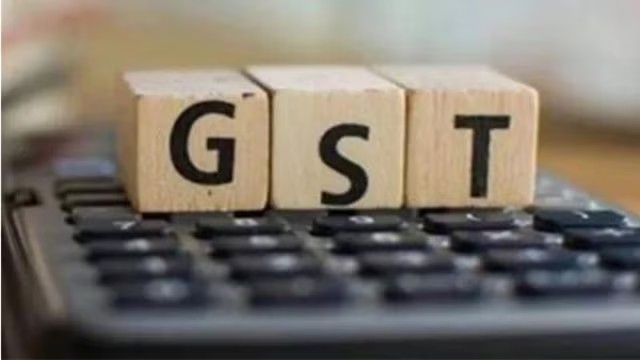
GST revenue collection in April

03.05.2024
GST revenue collection in April
For the Prelims: Success of GST system in India, State wise figures of GST collection in India, Reason for increase in GST collection in the month of April
Why in the news?
GROSS GOODS and Services tax (GST) collections rose 12.4 percent to touch a record-high of Rs 2.10 lakh crore in April (for year-end sales in March), data released by the Union Finance Ministry recently.
Key Points
- The increase was driven mainly by 13.4 per cent year-on-year higher domestic transactions, along with a higher compliance in the backdrop of anti-evasion measures and audits taken by authorities.
- After accounting for refunds, the net GST revenue in April came in at Rs 1.92 lakh crore, an increase of 15.5 per cent from the corresponding period last year.
Success of GST system in India:
- This is the highest level of GST collections recorded since the indirect tax reform kicked in almost seven years ago in July 2017, and the first time that the overall mop-up crossed the Rs 2 lakh crore mark.
- The previous highest level was registered in April 2023 at Rs 1.87 lakh crore, reflecting year-end sales of March 2023.
- In the previous month, on a net basis, taking into account the impact of refunds, GST revenue had risen by 18.4 per cent to Rs 1.65 lakh crore and on a gross level rose 11.5 per cent to Rs 1.78 lakh crore in March.
- For the full financial year 2023-24, net GST revenue had stood at Rs 18.01 lakh crore, a growth of 13.4 percent.
State wise figures of GST collection in India:
- State-wise data for April showed that out of 38 states/Union territories (including Centre’s jurisdiction), 19 states/ UTs recorded higher growth in GST collections than the national average of 12.4 per cent growth rate.
In terms of total storage value:
○Maharashtra was at the top with collection of Rs 37,671 crore (13 per cent growth)
○Karnataka Rs 15,978 crore (9 percent growth)
○Gujarat Rs 13,301 crore (13 per cent growth)
○Uttar Pradesh with Rs 12,290 crore collection (19 percent growth) ○Tamil Nadu with Rs 12,210 crore (6 percent growth)
○ Haryana with Rs 12,168 crore collection (21 per cent growth).
- Revenue in Gujarat, Maharashtra and West Bengal grew close to the national average of 13%. Mizoram recorded the highest increase of 52%, followed by Assam (25%) and Delhi, Bihar and Goa at 23% each. Haryana recorded a 21% increase in revenue, while it was 20% for Tripura, 19% for Uttar Pradesh and 17% for Odisha.
- The north-eastern states registered a contraction in GST collections including Sikkim (-5 percent), Arunachal Pradesh (-16 percent), Meghalaya (-2 percent), and Nagaland (-3 per cent), along with Jammu & Kashmir (-2 percent), Lakshadweep (-57 percent) and the Andaman and Nicobar Islands (-30 percent).
Reason for increase in GST collection in the month of April:
- Tax experts said economic activity and audits by central and state GST authorities have been reflected in the record-high collections.
- The steady increase in GST collections, the highest ever, is a great encouragement and reflects the strong domestic economy, especially given the fact that imports, which are 8.3%, account for more than half of domestic transactions. The increase is 13.4%.
- It also shows improvement in GST compliance by businesses. Continuous focus on GST audits by both Central and State GST authorities as well as periodic campaigns to prevent evasion have led to a major increase in GST compliance focus of businesses across the country, leading to significant growth in GST collections. Increase has been observed. Major producer and consumer states indicate that this is widespread and not limited to a few industrial sectors.
Source: Indian Express